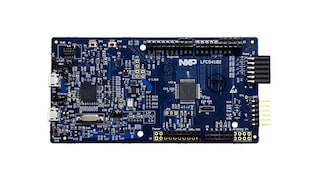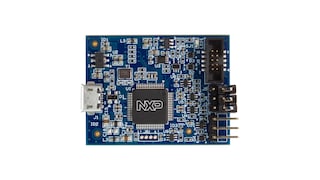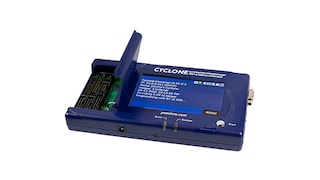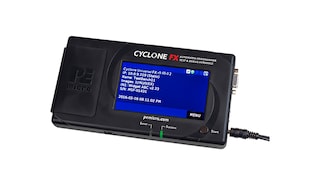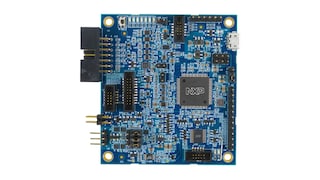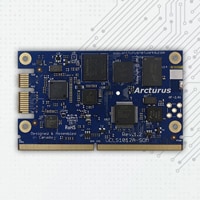The LPC541xx MCU family of single-core and dual-core MCUs are our next-generation of power efficient MCUs. With added
scalability and feature integration, these devices enable continued market
growth in today's competitive always-on environment.
LPC541xx MCUs are based on the power-efficient Arm® Cortex-M4 core, each with an optional
Cortex®-M0+ coprocessor. Single Cortex-M4 options are available for architectures that value single
core processing without software partitioning.
In an always-on application, these MCUs operate in a power-down mode, listening for incoming data, which when
available, can wake either core to acquire or process the information. When in an active mode, developers can
optimize power efficiency and throughput by choosing between the power-efficient Cortex-M0+ core for data
collection, aggregation, and system task management, or the Cortex-M4 core, which can complete processor-intensive
algorithms, such as sensor fusion more quickly helping to reduce power consumed.
The optional dedicated on-chip digital microphone (DMIC) subsystem on the LPC54110 family will also dramatically
reduce power in applications that demand voice input and processing, achieving the stringent power efficiencies
required for always-on voice-activation in battery-operated products.
This device is fully supported by NXP’s MCUXpresso Software and
Tools, a comprehensive and cohesive set of free software development tools for Kinetis, LPC and i.MX RT
microcontrollers. MCUXpresso SDK also includes project files for Keil MDK and IAR EWARM.

